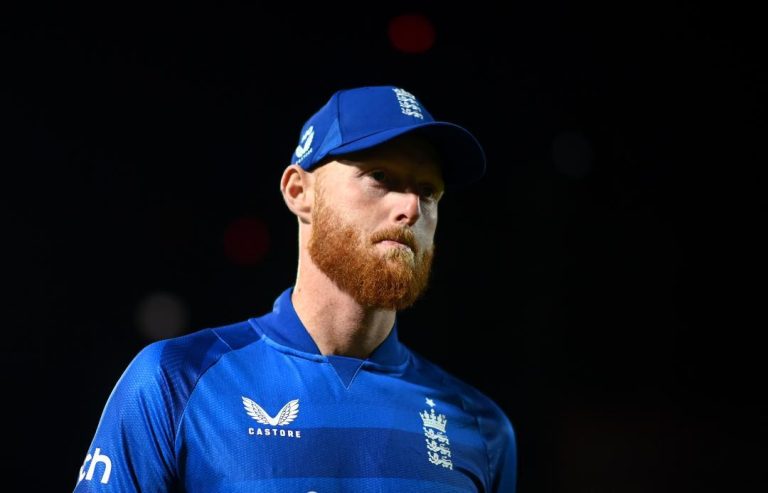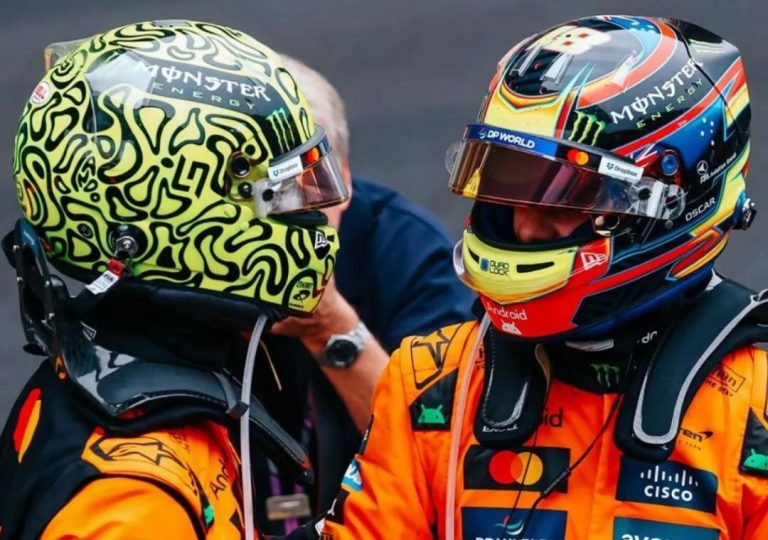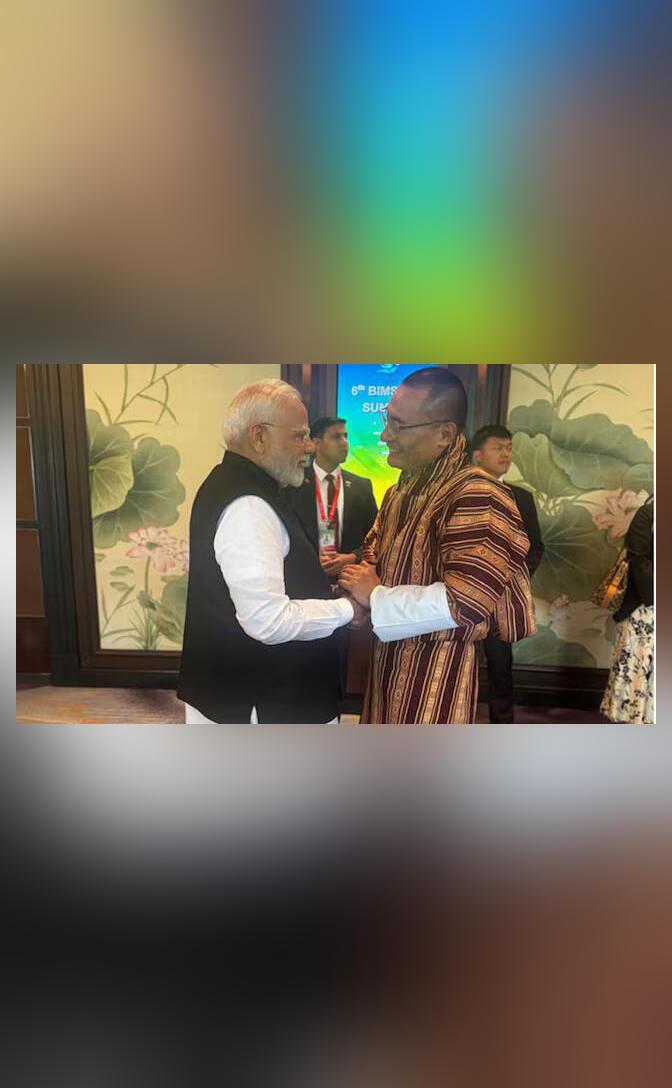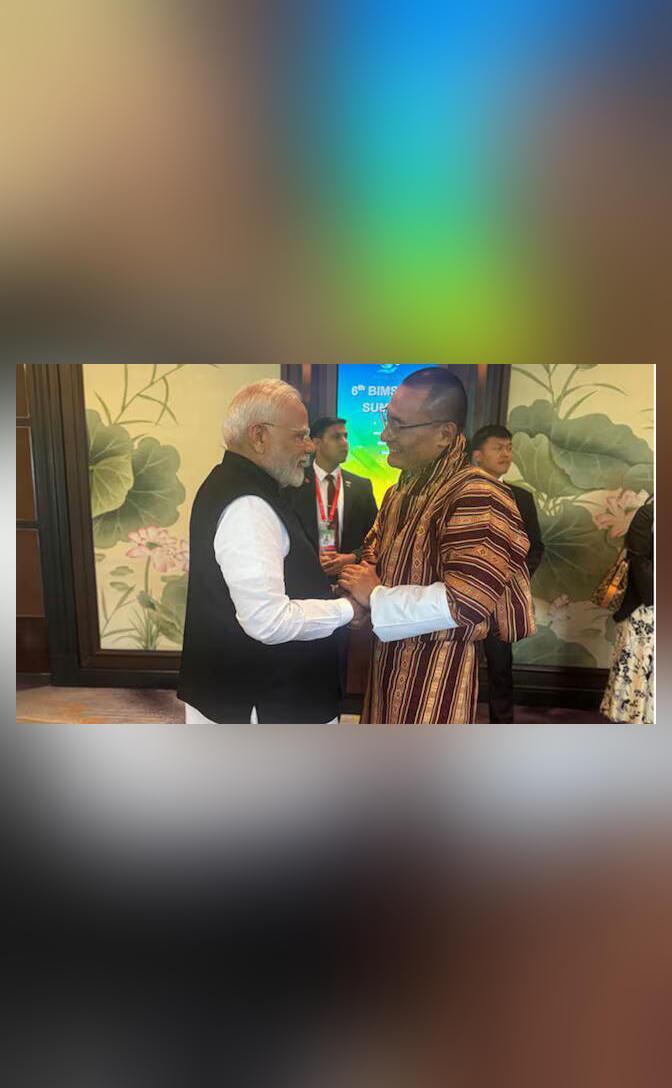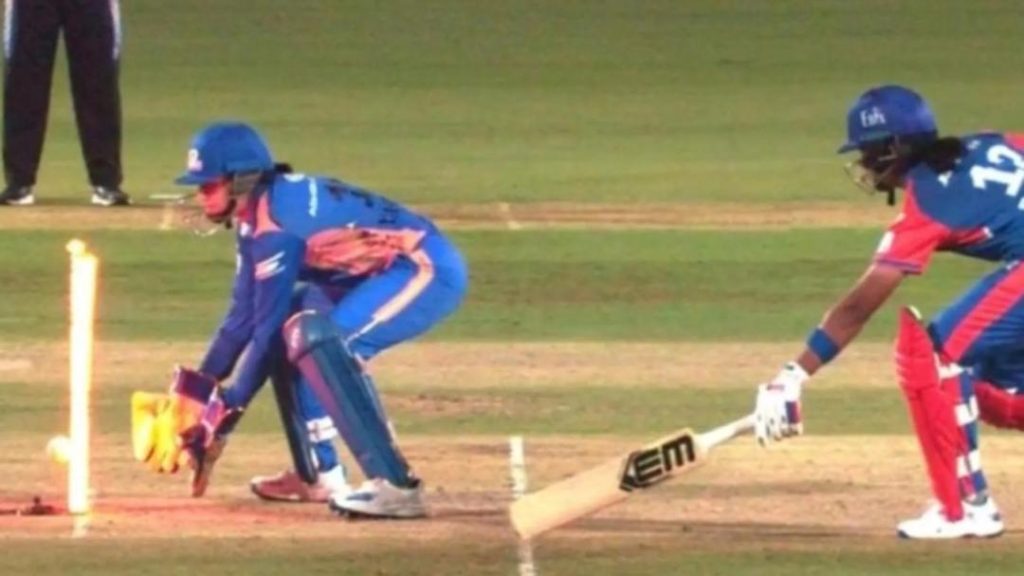
Run-out Calls by 3rd Umpire in DC-MI Match Spark Controversy
The Women’s Premier League (WPL) has never failed to deliver thrilling matches, and the latest encounter between Delhi Capitals (DC) and Mumbai Indians (MI) was no exception. The match, which went down to the wire, saw DC emerge victorious by a mere two runs. However, the win was marred by a series of controversial run-out calls made by the third umpire, Gayathri Venugopalan, which have sparked widespread debate.
The drama unfolded in the final three overs of the match, with DC requiring 14 runs off the last over to win. Shikha Pandey, who was batting on 6, was involved in a close run-out call in the 18th over. Pandey, who was attempting a quick single, was sent back by her partner, Jemimah Rodrigues. However, Pandey’s bat was nowhere near the crease, and the wickets were broken. But, to the surprise of everyone, the third umpire ruled her not out.
The decision sparked controversy, with many questioning the call. The camera angles seemed to suggest that Pandey’s bat was well short of the crease, and even the on-field umpire had initially given her out. But, the third umpire’s call ultimately stood, and Pandey was allowed to continue batting.
The drama was far from over, as Arundhati Reddy, who was batting on 1, was also involved in a close run-out call in the final over. Reddy, who was attempting a quick single, was sent back by Rodrigues once again. This time, though, the wickets were broken, and Reddy was given out. However, the third umpire, Gayathri Venugopalan, again intervened, and this time, she ruled Reddy not out.
The decision was met with widespread disbelief, and the MI players were left stunned. The umpire’s call seemed to contradict the camera angles, which suggested that Reddy’s bat was short of the crease. The on-field umpire had initially given her out, but the third umpire’s call stood, and Reddy was allowed to continue batting.
To make matters more contentious, Radha Yadav, who was batting on 2, was also involved in a close run-out call in the 19th over. Yadav, who was attempting a quick single, was sent back by Rodrigues. However, the wickets were broken, and Yadav was declared not out. The camera angles seemed to suggest that Yadav’s bat was airborne when the bails were dislodged, and even the on-field umpire had initially given her out. But, the third umpire’s call again stood, and Yadav was allowed to continue batting.
The controversy surrounding the run-out calls has sparked a heated debate in the cricketing fraternity. Many have questioned the ability of the third umpire, Gayathri Venugopalan, to make accurate calls in high-pressure situations. The use of technology in cricket has been a topic of discussion for a while now, and the DC-MI match has once again highlighted the need for better technology and more accurate decision-making.
The controversy has also sparked a debate about the role of the third umpire in cricket. The third umpire is responsible for reviewing decisions made by the on-field umpires, and their role is crucial in ensuring that the game is played fairly. However, in the DC-MI match, the third umpire’s decisions seemed to contradict the on-field umpires, and this has raised questions about the efficacy of the system.
In conclusion, the run-out calls made by the third umpire in the DC-MI match have sparked controversy and raised questions about the use of technology in cricket. The match, which was already thrilling, was marred by the controversy, and it has left many wondering about the accuracy of the third umpire’s decisions. As the game continues to evolve, it is essential that the cricketing fraternity focuses on improving the technology and decision-making processes to ensure that the game is played fairly and with integrity.

